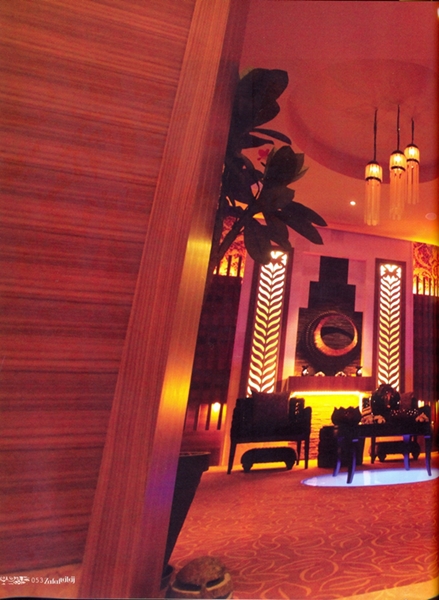The Best Strategy To Use For Zoher Al Yacob Enterprises Co- zay-ku.com


Jawed Karim : Minutes with YouTube co-founder,Pt1 - YouTube
An Unbiased View of Zoher Behrainwala - September 2021 Batch GCDAI
For this reason, stage and screen theaters produce a different spatial relationship in between viewers and phenomenon. The positioning of the screen in architectural space may function as a constant, but the building and construction of the area around it is a variable. In a 1931 article in the Journal of the Society of Movie Engineers, the proper relationship between cinema area and the screen was defined by 3 conditions: 1) the minimum preferable width is one-sixth the distance of the screen from the farthest seats, 2) the maximum preferable width is eight-tenths the range of the screen from the front seats, and 3) the intensity of lights is an essential factor restricting screen size.
Consider, likewise, the relationship of screen size to the depth of the auditorium. Firstly, the screens are two times as framed, a small rectangular shape of light embeded in black masking that is then framed by a fairly big proscenium. Masking had Click Here For Additional Info of making a little image appear even smaller sized and at a fantastic remove from the audience.
Given the size of the image, the double framing of black masking and proscenium, and problems in visual acuity, the fundamental design of the basic Hollywood movie, with its focus on telling close-ups to direct audience attention, might be a function of the conditions of reception. Can we presume that there is a correlation in between movie style and architectural area? It is worth discovering that the development of shallow focus as a dominant design follows the large theater growth of the 1910s and 1920s.

Icing on the cake
The smart Trick of Zoher Al Yacob Enterprises Co- zay-ku.com That Nobody is Talking About
One concrete piece of proof that may clarify the extent to which filmmakers were thinking about the screen in relation to architecture as a stylistic restriction: the early efforts at large gauge filming in 1930-31. Since there was no method of minimizing the large gauge image onto standard 35 mm film as Cinema, Scope would eventually permit, filmmakers needed to shoot two different variations, one in broad gauge and one in 35 mm.

For example, the 35 mm cam is plainly more emphatic in directing audience attention, moving viewer's eyes to the foreground center by blocking off background activity. This neutralizing of background can not just be a function of the lesser width, but rather, is a consequence of the general smallness of the image in relation to the vastness of the auditorium space.
